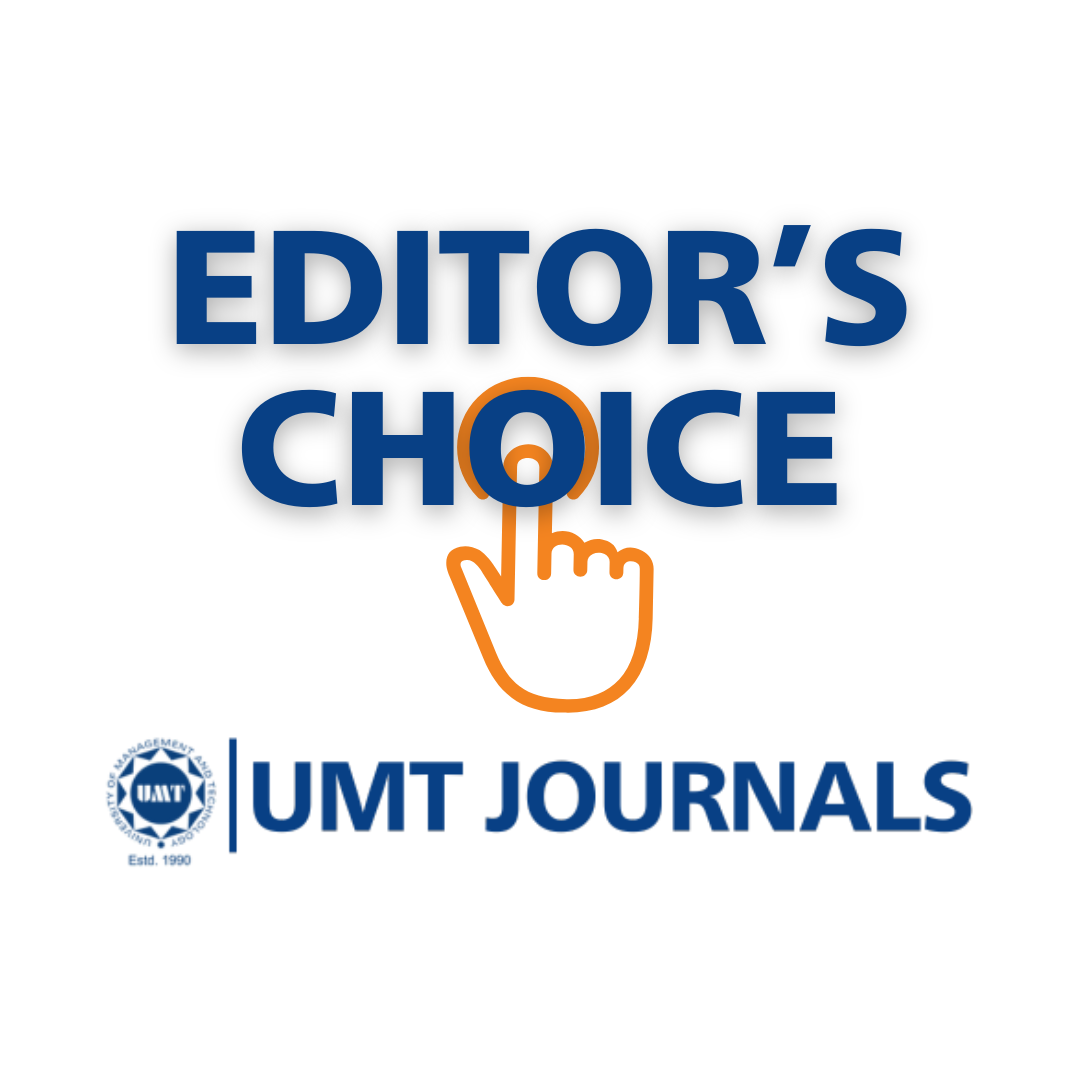Association of β-Thalassemia and its Types with ABO and Rh Blood Groups in Lahore, Pakistan
Abstract
 Abstract Views: 22
Abstract Views: 22
The current study aims to determine the relationship of ß-thalassemia and its types (major, minor, intermedia) with ABO and Rh blood groups in Lahore, Pakistan. It is an observational study in which ABO and Rh blood grouping of 711 β-thalassemia patients was performed (with their consent). Blood grouping was performed through forward and reverse grouping using tube method. The observed ABO blood group pattern in both genders was O>B>A>AB. It was found that the overall frequency of O and A blood groups was higher in female patients, while the frequency of B and AB blood groups was higher in male patients, although the difference was non-significant. However, a significant difference was observed in the relationship between gender and Rh factor. Most patients of β-thalassemia suffered from the type β-thalassemia major (48%), followed by patients suffering from β-thalassemia minor (44%) and β-thalassemia intermedia (8%). Overall, patients with AB blood group mostly suffered from β-thalassemia major, while patients with β-thalassemia minor and β-thalassemia intermedia had the highest frequency of blood group B. It was concluded that ß-thalassemia patients have a higher frequency of O+ blood group and the lowest frequency of AB- blood group. Moreover, a significant difference was seen between male and female patients with respect to Rh blood group. However, no significant difference (p > 0.05) was found in the distribution of ABO and Rh blood groups corresponding to β-thalassemia types.
Downloads

Copyright (c) 2023 Kainat Waheed, Syed Muhammad Ammad Rizvi, Bushra Mubarak

This work is licensed under a Creative Commons Attribution 4.0 International License.
BSR follows an open-access publishing policy and full text of all published articles is available free, immediately upon publication of an issue. The journal’s contents are published and distributed under the terms of the Creative Commons Attribution 4.0 International (CC-BY 4.0) license. Thus, the work submitted to the journal implies that it is original, unpublished work of the authors (neither published previously nor accepted/under consideration for publication elsewhere). On acceptance of a manuscript for publication, a corresponding author on the behalf of all co-authors of the manuscript will sign and submit a completed the Copyright and Author Consent Form.









